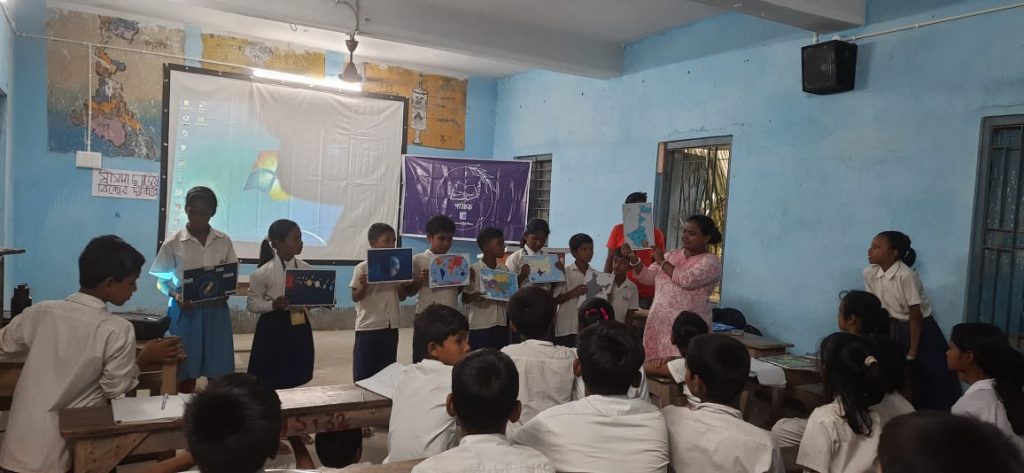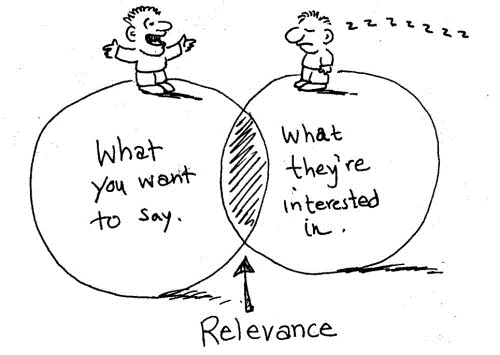PATH-O-CHAKRA

in Kalidanga High School, South 24 Parganas
Children now, in their preparatory stage, which is a transitory stage from information gathering and application of the same to a stage of building knowledge, as a deep-seated treasure. Hence, children should enjoy as much self-learning, which deepens the interest of accessing, reading, and discussing in collectives.
This particular action is meant to be initiated in the high schools. In this process primarily the students of class V to VIII are targeted as the participants, though the students of class IX to XII are free to take part, but will remain optional, as they would be more engaged with their Board preparations.
Children of this age group are also to be engaged in the community they belong.
At this stage of student’s life, adequate information would help their knowledge to accelerate, which would further sharpen, if acquired knowledge is connected and applied randomly in their chosen fields and beyond, may be in public domain.
To ensure the same, students need to read more books as reference to their text book and books of different interest. Now, it is evident that such stimulation in this age group of students will not happen automatically. It requires certain engagement and practices to ascertain the intended outcome having exercised certain discourses.

We’ve all heard our students ask the question, “When will I ever use this in the real world?” And honestly, it is a great question–one that we should all spend more time thinking about.
Research shows that relevant learning means effective learning, and that alone should be enough to get us rethinking our lesson plans. The old drill-and-kill method is neurologically useless, as it turns out. Relevant, meaningful activities that both engage students emotionally and connect with what they already know are what help build neural connections and long-term memory storage.
In other words, if a student doesn’t believe a particular activity is interesting, relevant, or within the scope of his capabilities, it’s probably not going to sink in.
Relevance could be established through showing how theory can be applied in practice, establishing relevance to local cases, relating material to everyday applications, or finding applications in current newsworthy issues.
Without relevance, important concepts may be seen unnecessary.
So how can we make learning more relevant, exactly? Below are a few ideas to help you get started.
Defining Personal Relevance
I know that as a student, the content I found most relevant was the easiest to learn, so as a teacher, I believe it is my job to help students see the relevance in content they may not find inherently interesting. I know that if I do this, my students will engage in class and be motivated to work outside of class.” “Based on my experiences, I define relevance as the perception that something is interesting and worth knowing. When a teacher provides relevance for a student, the teacher helps the student perceive these two things.” This aligns relatively well with the theory of relevance. Simply put, when a teacher provides relevance for a student, the teacher conveys his or her intentions to the student by tapping into that student’s cognitive need to make sense of the world.
So, no matter how disinteresting content may seem, once students have determined that the content is worth knowing, it will hold their attention and engage them.
“I am not saying that flashy presentations, humour and games are useless in a lesson; I am saying that if those are used, they need to lead to learning about content that is relevant.”
Establishing relevance was the most prominent and often cited student response. Relevance is a key component to intrinsically motivating student learning. By establishing both personal and real-world relevance, students are provided with an important opportunity to relate the course subject matter to the world around them, and to assimilate it in accordance with their previously held assumptions and beliefs. Relevance is a key factor in providing a learning context in which students construct their own understanding of the course material.
In the study, students pointed to four methods for establishing relevance:
- Discussing how theory can be applied in practice.
- Making a link to local cases.
- Relating subject matter to everyday applications.
- Discussing and finding applications in current newsworthy issues and events.
Students be provided with intentional and explicit opportunities to discuss, for each topic covered, why this topic is worth learning, how it operates in the real world, why it makes sense, and how it connects to things the student already knows.
Here are a few tips for making learning engaging and personally relevant.
1. Use suspense and keep it fresh :“Drop hints about a new learning unit before you reveal what it might be, all this can activate emotional signals and keep student interest piqued.”
2. Make it student-directed:“Give students a choice of assignments on a particular topic, or ask them to design one of their own. “When students are involved in designing the lesson, they better understand the goal of the lesson and become more emotionally invested in and attached to the learning outcomes.”
3. Connect it to their lives and what they already know:“Taking the time to brainstorm about what students already know and would like to learn about a topic helps them to create goals — and helps teachers see the best points of departure for new ideas. Making cross-curricular connections also helps solidify those neural loops.
Two additional ways to provide relevance for students are with utility value and relatedness:
4. Provide utility value:Utility value answers the question, “Yeah, but what am I gonna use this for?” Utility value is purely academic and emphasises the importance that content has for the students’ future goals–both short-term and long-term. For example, physics tends to be less than fascinating to your average student, but for a student who wants to be an engineer, physics is interesting and can also hold great utility value.
Utility value provides relevance first by piquing students telling them the content is important to their future goals; it then continues by showing or explaining how the content fits into their plans for the future.
This helps students realise the content is not just interesting but also worth knowing.
5. Build relatedness :Relatedness, on the other hand, answers the question, “What this have to do with me?” It is an inherent need students have to feel close to the significant people in their lives, including teachers.
The non-academic side of relatedness emphasises the relationship the instructor has with students: students need to feel close to their mentors and are more likely to listen to, learn from, and identify with the ones they like. This is why genuine enthusiasm expressed during instruction is important; it shows students how important the content is to the instructor.
Hence, the matter of relevance could be found in the news of interest, various ‘Days’ of interest, anything that students bring to the notice or that happens around them and, in their life, which they feel important, and also something that they may not know as a concept but feel necessary to relate to.
The discourse then would be to initiate with something very common and interesting, so that everyone could connect, both in the schools and in the communities too.
After this the three different clubs according to their interest may be organised e.g. Cultural Club, Science Club and Green Club, wherein students must get themselves registered as members. (Refer SOP)

